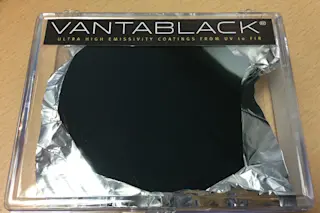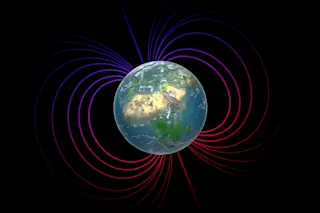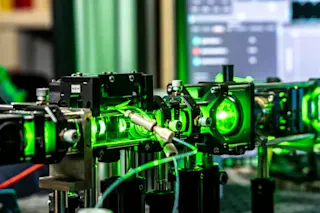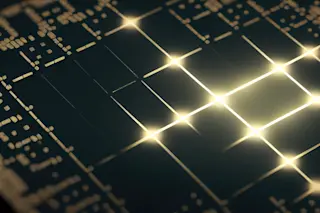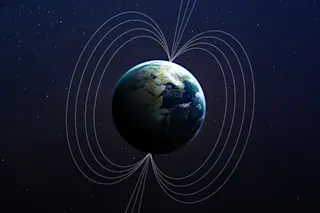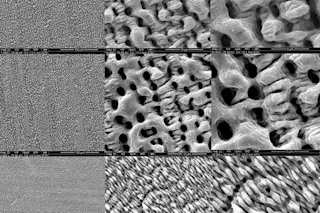Vantablack consists of a dense forest of carbon nanotubes suspended in plasma that's coated on materials like aluminum (magnified above) for easy application. | Surrey Nanosystems
Imagine the darkness of a black hole right here on Earth. In July, British company Surrey Nanosystems publicly released a material so black that it absorbs 99.96 percent of light, making it the most absorbent thing on Earth.
This outrageously obsidian material, called Vantablack, owes its darkness to a set of vertically aligned carbon nanotubes — each about 10,000 times thinner than a human hair — that are suspended in plasma and coated directly onto materials like aluminum foil. The nanotubes are packed so tightly that incoming light particles bounce around between them until the nanotubes absorb them.
Via its system of carbon nanotubes, Vantablack absorbs 99.96 percent of light. | Surrey Nanosystems
Vantablack also has other useful qualities: It withstands the stress from ...


